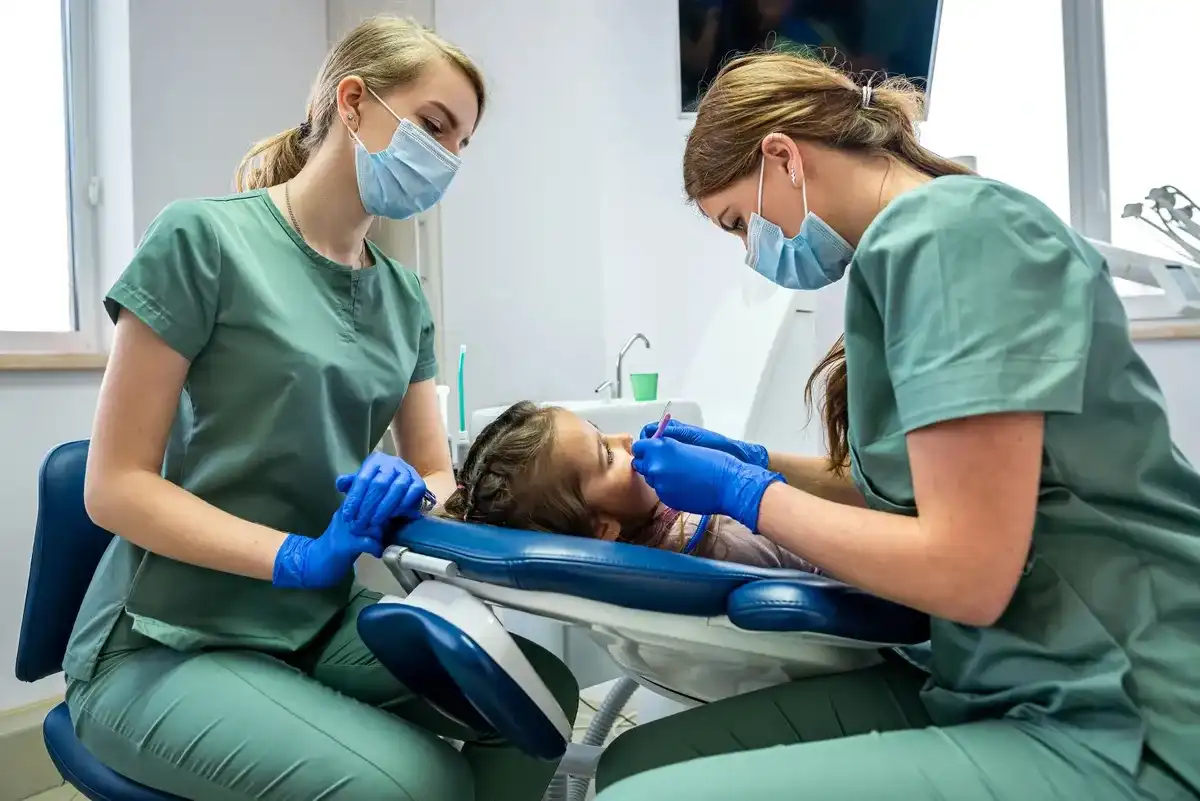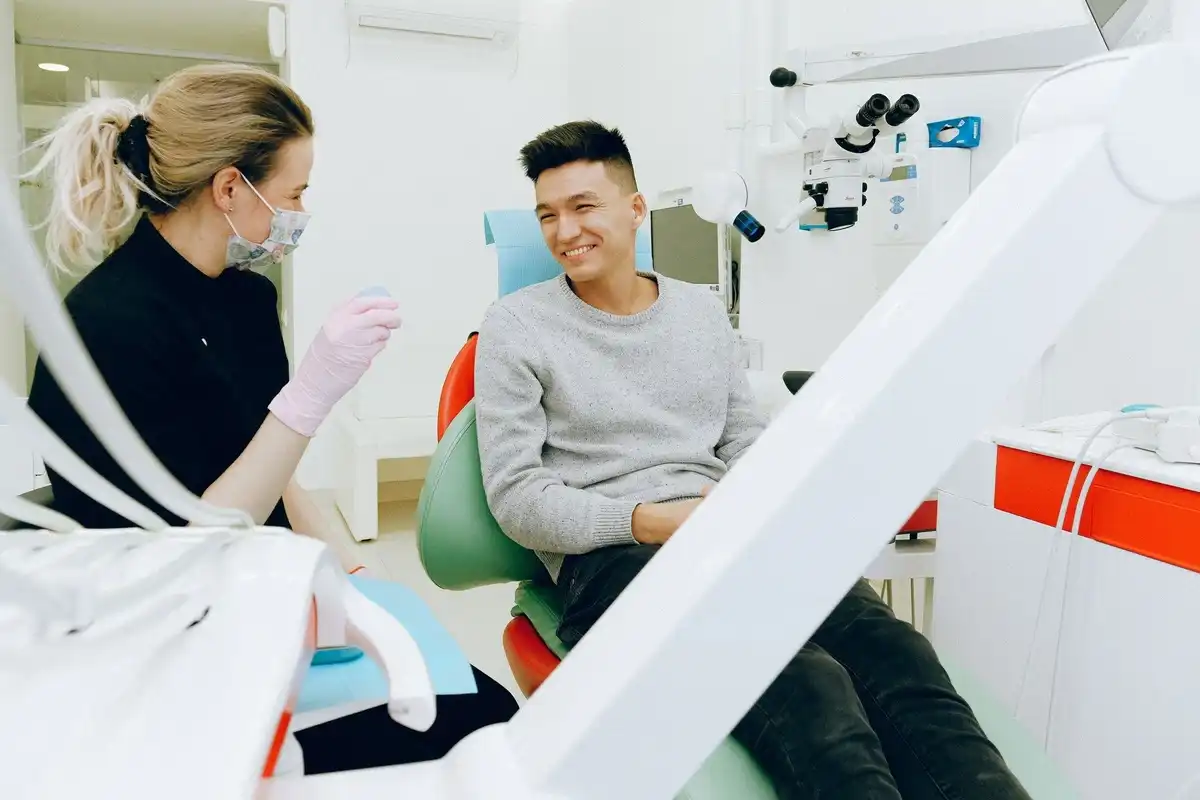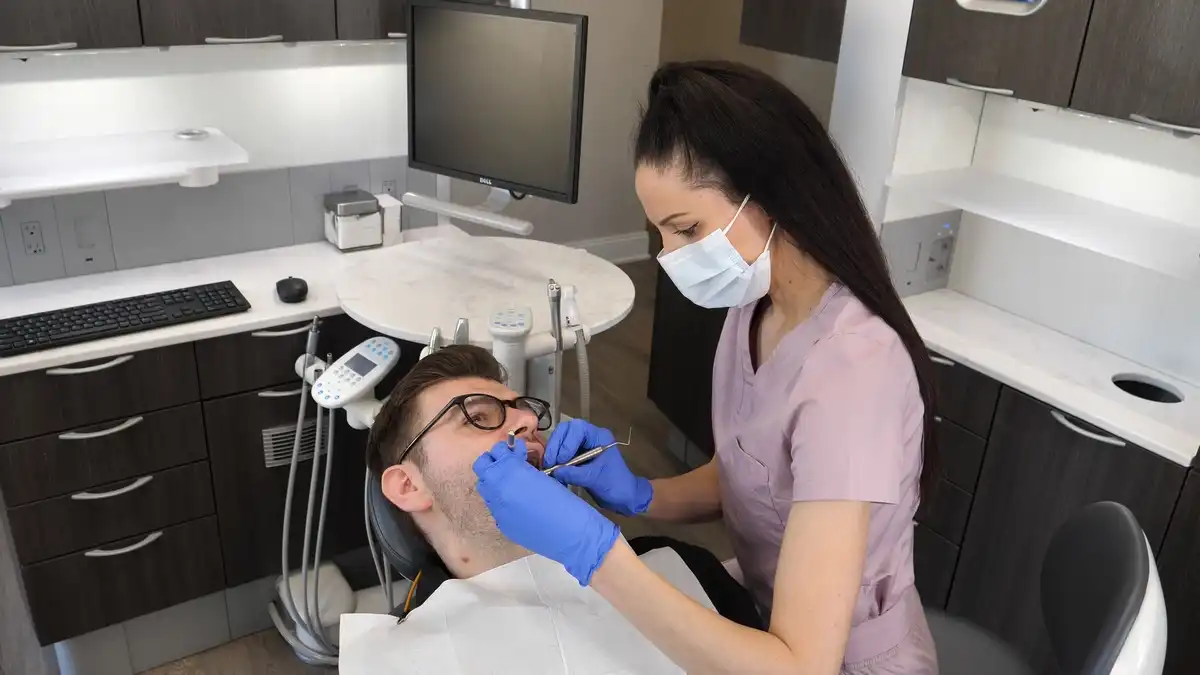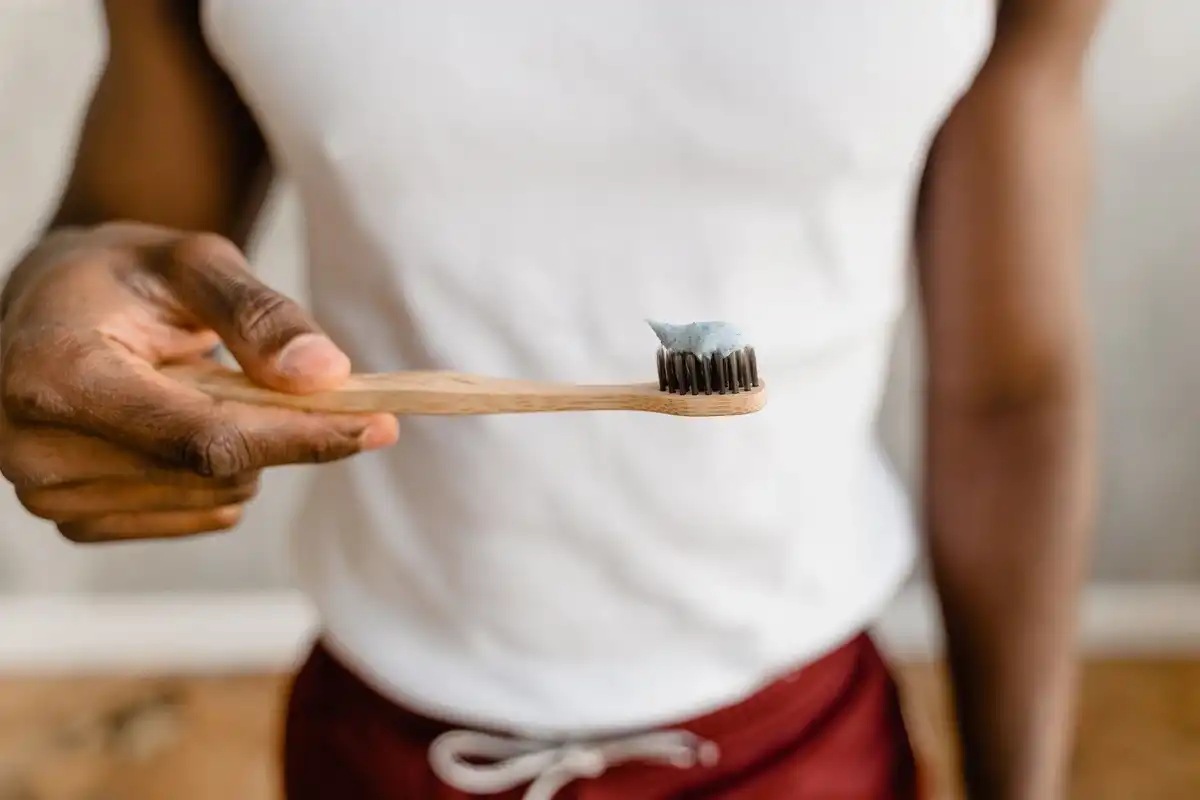Why Your Child NEEDS Their Cavity Filled


Did your dentist recommend a filling in your child’s primary (baby) tooth? You may be wondering, “Why do I need to have their tooth filled if an adult tooth is going to take its place?” While permanent (adult) teeth do last longer, there are very good reasons why parents should have their child’s decay treated in a timely manner.
Baby Teeth Decay Quicker Than Adult Teeth Do
Whenever there’s a cavity in a baby tooth and an adult tooth, the decay will almost always spread more quickly in the baby tooth. That’s because primary teeth are nowhere near as dense as adult teeth. And why should they since they need to fall out eventually anyway?
While you might be able to wait on treating an adult cavity for a few months, depending on the situation, that’s never recommended for pediatric tooth decay.
The Decay Can Cause an Abscess (and Medical Emergency)
Cavities are physical holes inside of a tooth. Once the decay ruptures through the outer layer of enamel and into the dentin underneath, it will work its way toward the nerve tissues or “pulp” at the center of your child’s tooth. When the pulp becomes infected because of the decay, it swells and causes pus to drain out of the tips of the root, creating an abscess in the bone around it.
In children, dental abscesses can sometimes be life-threatening. Untreated conditions may even spread into your child’s face and brain, requiring hospitalization. In extremely rare scenarios, death may occur.
Fortunately, your family or pediatric dentist can provide pulp therapy to treat the abscess before life-threatening situations occur. But parents need to act quickly since baby teeth can decay at alarmingly quick rates.
Cavities Will Spread to Other Teeth
Tooth decay is technically a bacterial infection. When one tooth has a cavity, it can “jump” or spread to the neighboring tooth that’s touching it. So even if one tooth is going to fall out in a year or so, the cavity will continue to expand in the meantime. Instead of your child only having one tooth with a cavity, they will eventually have two. The chain reaction will only continue until the infection is physically treated by your dental provider. Since children have a mixed dentition of both baby and adult teeth, it’s only a matter of time before active cavities spread to the permanent parts of their smile. By that point, a lifetime of dental work and updated restorations are inevitable.
Your Child Needs That Tooth as a Placeholder
Every baby tooth acts as a placeholder. It keeps teeth spaced appropriately and serves as a guide to the adult tooth growing underneath it. When that tooth has a cavity and falls out or needs to be removed therapeutically, it jeopardizes the placement of the adult tooth underneath.
You see, as the adult tooth is erupting, the root of the baby tooth naturally shrinks back and paves the way for the permanent tooth to take its place. That’s why baby teeth usually don’t have any visible root surfaces once they fall out.
When we jeopardize the natural pattern of tooth eruption and exfoliation—because of a cavity in a tooth—it creates a chain reaction in your child’s oral development. In the long run, their adult tooth may become impacted, damage adjacent teeth, or erupt completely out of alignment.
Premature Tooth Loss = Major Orthodontic Issues
Let’s say for a moment that your child does wind up losing their tooth. Perhaps the cavity got too bad or abscessed and the only fast path to pain relief was to have your dentist extract it all together. At that point, there is now excess spacing between teeth instead of the placeholder your child’s smile needs.
When changes in eruption patterns and spacing occur, the adjacent teeth will start to lean or drift out of place. The opposing teeth will also move since they no longer have a biting partner whenever your child eats.
Changes in any tooth placement, even in baby teeth, can cause shifts in facial bone growth and tooth eruption in developing adult teeth. Several years down the road, orthodontic therapy will be required to correct these issues. Otherwise, your child may have an impacted tooth, irregular jaw anatomy, or even difficulty eating and speaking clearly.
But don’t worry. If for some reason your child does lose that tooth, your dentist can place a temporary space maintainer to help hold that place until the permanent tooth erupts.
It’s the Cheaper Option
When the cost of a dental filling is a concern, it’s important to keep things in perspective. Affording the filling today—even if it requires short-term financing—will still be cheaper than treating the issue after it gets worse. Fillings are cheaper than crowns and pulpotomies or orthodontic therapy. Without treating the cavity, more than likely one or more of these therapies will be inevitable later on down the road. To save money, always treat the cavity as early as possible.
You Can Always Get a Second Opinion
Some dentists are comfortable “watching” small issues on teeth, especially if no significant decay is present or the tooth is only going to last another year. If you have a dentist plan for multiple cavities in multiple teeth, it’s only natural for parents to wonder if they should get a second opinion. There is absolutely nothing wrong with doing so; in fact, your dental insurance carrier probably encourages it.
If you’re getting a second opinion, consider bringing the treatment plan with you and having the second dentist look at it. Or don’t show it to them at all. Selecting the most conservative option is what most parents prefer to do. It might be that one dentist recommends a more conservative treatment than the other.
However, if both dentists stress the same treatment for your child’s tooth decay, don’t disregard their recommendations. Waiting to treat an active cavity could wind up with serious consequences for your child or family.
Summary
Don’t be so quick to dismiss a cavity in your child’s baby tooth, even if it IS going to fall out eventually. Always treat the decay early or when in doubt, get a second opinion.

Make your inbox smile!
Subscribe




